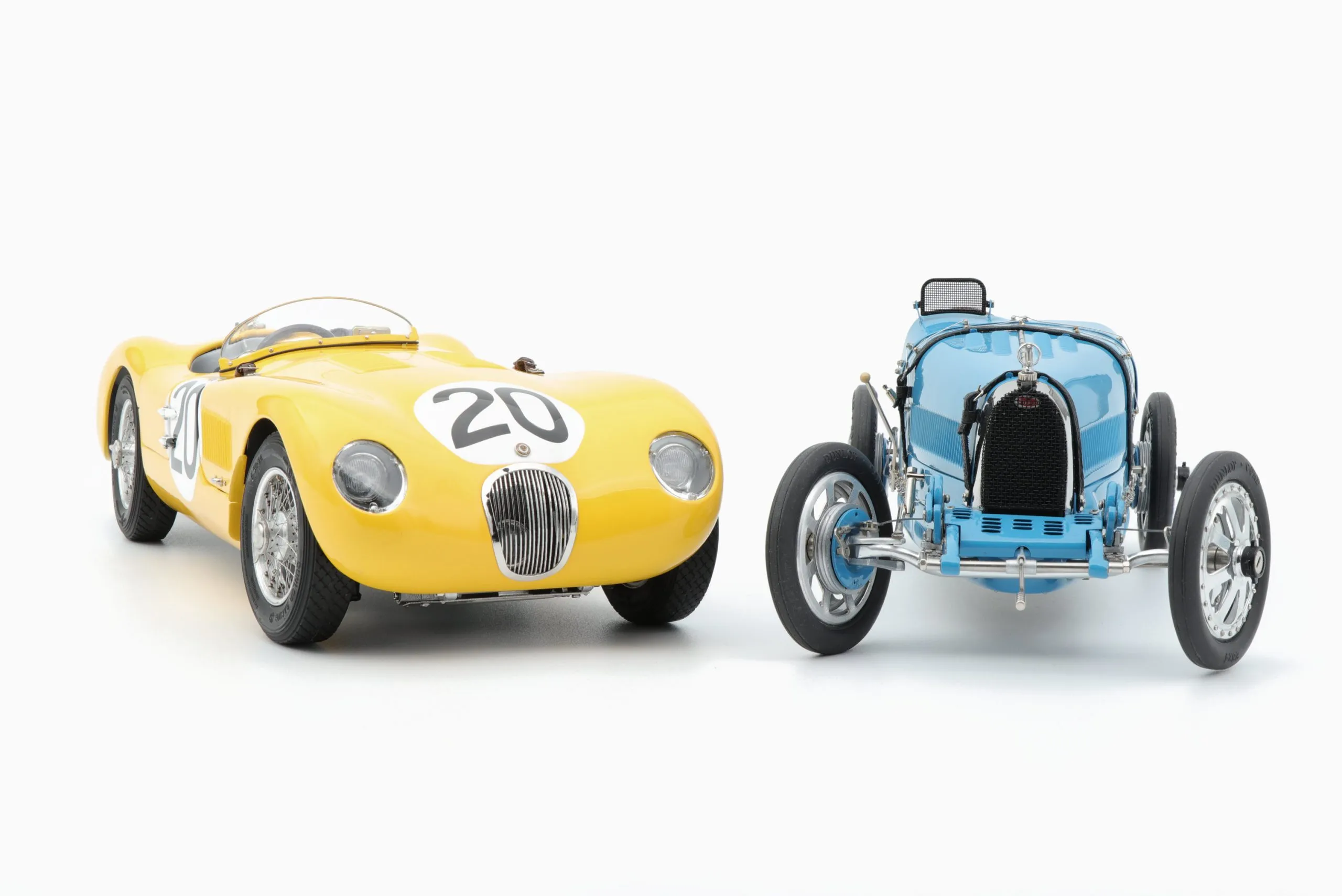American diecast companies have a rich and fascinating history, shaping the landscape of the collectible world. These miniature marvels, crafted with precision and passion, have captivated enthusiasts for generations. From their humble beginnings to their current status as highly sought-after items, the journey of these companies is a testament to American ingenuity and a love for detail. This article uncovers seven intriguing facts about these companies, offering a glimpse into their past, present, and future. Prepare to be amazed by the stories behind the metal!
History of American Diecast Companies
The history of American diecast companies is deeply intertwined with the evolution of toy manufacturing and the rise of car culture. The earliest diecast toys emerged in the early 20th century, coinciding with the mass production of automobiles. These early models were often simple, made of lead or zinc alloys, and served as promotional items or novelty toys. As manufacturing techniques improved, so did the quality and detail of the diecast models, paving the way for the sophisticated collectibles we know today. The post-World War II era saw a surge in popularity, fueled by the burgeoning interest in automobiles and the desire for affordable replicas. These companies played a pivotal role in bringing the automotive dream to the masses.
Early Manufacturers
Several pioneering companies laid the foundation for the American diecast industry. Companies like Tootsietoy, founded in 1911, were among the first to embrace die-casting technology, initially producing toys for the US market. These early manufacturers focused on simple designs and durability, using materials that could withstand the wear and tear of childhood play. The focus was on simplicity and affordability, providing children with accessible toys that mirrored the world around them. These companies experimented with different alloys and manufacturing processes, gradually improving the quality and detail of their products. These efforts set the stage for the more sophisticated models that would emerge later.
Evolution of Diecast Materials
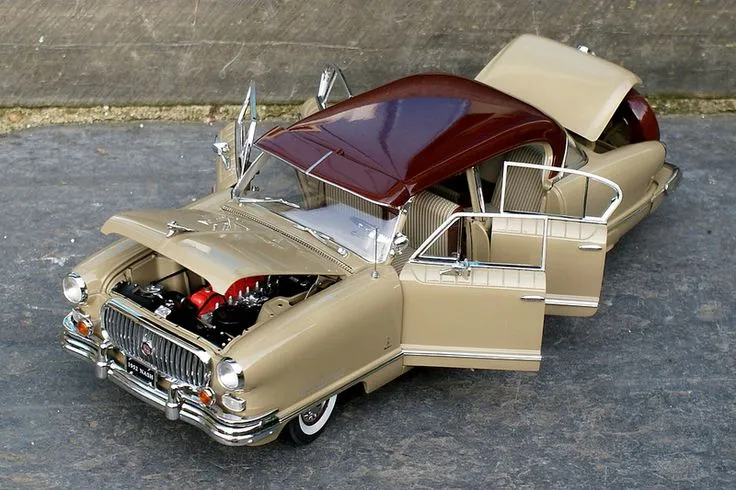
The materials used in diecast manufacturing have evolved significantly over time. Early models were often made of lead alloys, which, while durable, posed health risks. Manufacturers gradually shifted to safer materials, such as zinc alloys (Zamac), aluminum, and eventually, high-quality plastics for certain components. These changes reflected both advancements in material science and a greater awareness of consumer safety. The move towards more durable and detailed plastics and alloys led to improved quality and the ability to create more complex and realistic designs. The result is the highly detailed and realistic models that collectors appreciate today. The evolution of materials directly influenced the quality and longevity of the models.
Popular Diecast Scales
Diecast models come in a variety of scales, each offering a unique balance between detail, size, and cost. Scale refers to the ratio between the model’s size and the actual vehicle’s size. Common scales include 1:64, 1:43, 1:24, and 1:18. The choice of scale often depends on the intended use of the model, the level of detail required, and the collector’s preferences. Smaller scales are generally more affordable and take up less space, while larger scales allow for more intricate detailing and a greater sense of realism. Scale is a crucial consideration for collectors, as it determines the display space needed and the level of detail available. Different scales cater to a wide variety of collectors, each with their own preferences.
1 18 Scale Popularity
The 1:18 scale is a favorite among serious collectors due to its impressive level of detail and relatively large size. Models in this scale offer a high degree of realism, allowing for intricate features such as opening doors, hoods, and trunks, detailed interiors, and realistic paint finishes. The larger size also allows for better display and appreciation of the model’s craftsmanship. This scale is popular among collectors who appreciate the fine details and are willing to invest in higher-quality models. Many manufacturers produce premium 1:18 scale models, often featuring accurate replicas of specific vehicles. The 1:18 scale offers an excellent balance between detail and display, making it a top choice for many collectors.
1 24 Scale’s Appeal
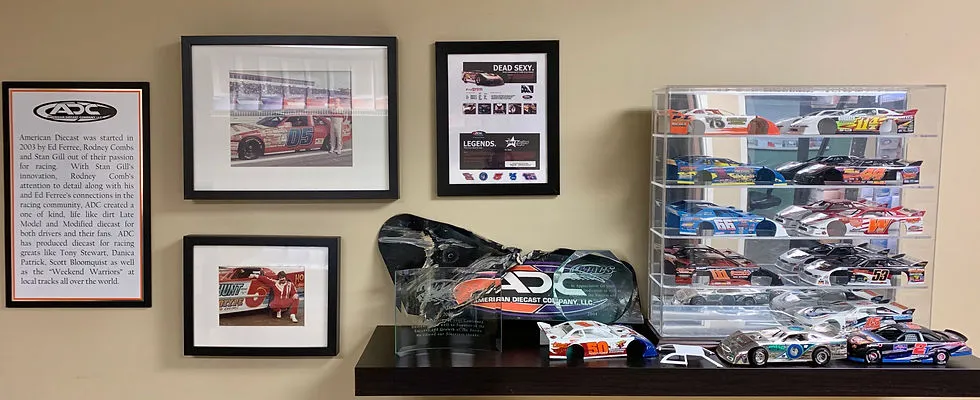
The 1:24 scale offers a compelling compromise between detail, size, and affordability. Models in this scale are larger than 1:43 scale but smaller than 1:18, making them easier to display and store. They still provide a good level of detail, often including opening parts and detailed interiors, but at a more accessible price point. The 1:24 scale is particularly appealing to collectors who are just starting out or who want to build a diverse collection without breaking the bank. Many classic and modern cars are available in this scale, providing a wide range of options for collectors. The 1:24 scale offers an attractive combination of features, making it a popular choice for many collectors.
Iconic American Diecast Brands
Several American diecast brands have achieved iconic status, shaping the landscape of the collectible world. These brands have built loyal followings and are instantly recognizable to collectors around the globe. Their success stems from their commitment to quality, innovation, and their ability to capture the essence of automotive history. These iconic brands have contributed significantly to the popularity and appeal of diecast collecting, offering models that span various eras and styles. From mass-market favorites to premium collectibles, these brands continue to influence the market.
Brands like Hot Wheels
Hot Wheels, launched by Mattel in 1968, revolutionized the diecast toy market with its emphasis on speed, style, and customization. Hot Wheels cars are known for their vibrant colors, eye-catching designs, and ability to perform on custom tracks. They quickly became a global phenomenon, captivating children and collectors alike. The brand’s focus on innovation and limited-edition releases has kept collectors engaged for decades. Hot Wheels’ success is a testament to its ability to adapt to changing trends while maintaining its core appeal. The brand’s impact on the industry is undeniable, inspiring generations of collectors and designers.
Matchbox and its Impact
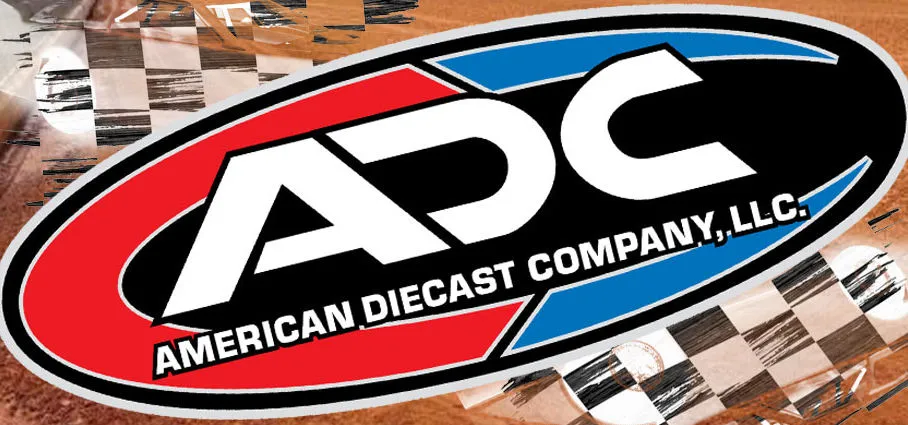
Matchbox, initially created by Lesney Products, gained fame for its small, affordable, and highly detailed models. These cars were designed to fit inside a matchbox, making them highly portable and accessible. Matchbox cars were a staple of childhood play, sparking a lifelong love of collecting for many enthusiasts. The brand’s focus on replicating real-world vehicles and its commitment to detail made it a favorite among young collectors. Matchbox’s legacy continues today, with its models still highly sought after by collectors of all ages. Their contribution to the diecast world is significant, setting standards for detail and playability.
Diecast Manufacturing Process
The diecast manufacturing process is a complex and intricate procedure that involves several steps. The process begins with the creation of a mold, typically made of steel. Molten metal, usually a zinc alloy, is then injected under high pressure into the mold. Once the metal cools and solidifies, the model is removed from the mold and undergoes various finishing processes, such as trimming, polishing, and painting. Modern diecast manufacturing incorporates advanced technologies, such as computer-aided design (CAD) and computer-aided manufacturing (CAM), to achieve high levels of precision and detail. The precision and skill involved in diecast manufacturing contribute to the overall quality and realism of the models.
Die Casting Techniques
Die casting is the core technique used in manufacturing diecast models. This process involves forcing molten metal into a mold cavity under high pressure. There are two main types of die casting: hot-chamber and cold-chamber. Hot-chamber die casting is typically used for metals with lower melting points, while cold-chamber die casting is suitable for metals with higher melting points. The choice of die casting technique depends on the metal used and the desired production volume. Precise control over temperature, pressure, and cycle time is critical for achieving high-quality results. The die-casting process allows for the creation of complex shapes and intricate details, essential for realistic model cars.
Painting and Detailing
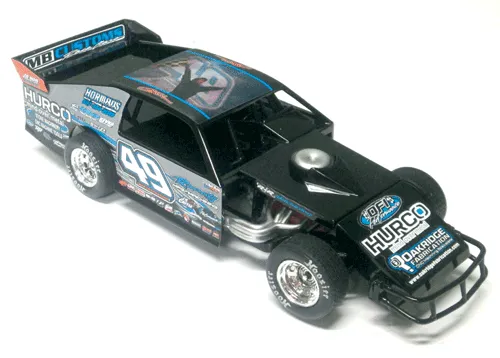
Painting and detailing are critical aspects of the diecast manufacturing process, responsible for the model’s visual appeal. Models undergo a series of painting steps, including priming, base coating, and clear coating. High-quality paint finishes are essential for achieving a realistic appearance. Detailing involves the application of decals, tampo printing, and hand-painting to add intricate features such as logos, stripes, and interior details. Skilled craftsmanship is crucial for ensuring accuracy and precision. Advanced techniques, such as pad printing and laser etching, enhance the level of detail. These processes transform a raw metal casting into a realistic and attractive collectible.
Factors Influencing Value
The value of a diecast model is influenced by several factors, including rarity, condition, and brand. Rarity plays a significant role, with limited-edition models and those produced in small quantities often commanding higher prices. Condition is paramount, as models in pristine condition are generally worth more than those with damage or wear and tear. Brand recognition and the reputation of the manufacturer also impact value. Certain brands, known for their quality and collectibility, tend to hold their value better. Understanding these factors is crucial for both collectors and those looking to sell their models.
Rarity and Limited Editions
Rarity is a key determinant of a diecast model’s value. Limited-edition models, produced in small quantities, are highly sought after by collectors. These models often feature unique colors, special details, or specific markings, increasing their desirability. The limited availability creates scarcity, driving up demand and value. Models associated with special events, such as car shows or racing victories, are often highly valued. Rarity can be a significant driver of investment potential. Collectors actively seek out rare models to enhance the value of their collections and add to their prestige.
Condition and Preservation
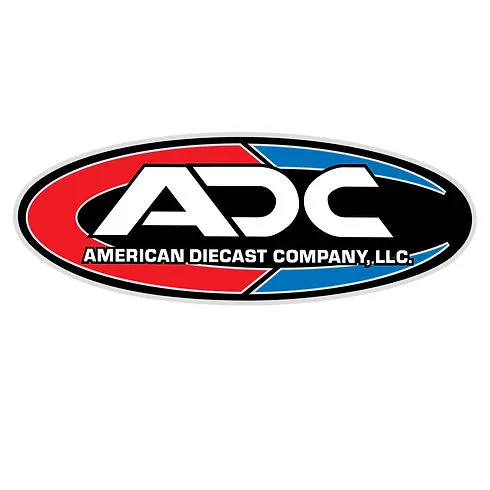
The condition of a diecast model is a crucial factor in determining its value. Models in pristine condition, with no scratches, dents, or paint imperfections, are highly valued. Collectors often pay a premium for models that are still in their original packaging. Proper preservation is essential for maintaining the value of a diecast model. This includes storing the models in a cool, dry place away from direct sunlight. Cleaning the models carefully, avoiding harsh chemicals, also helps preserve their condition. The models are often considered an investment, and proper care can significantly increase their long-term value.
Collecting Communities and Clubs
Diecast collecting is a vibrant hobby with a strong sense of community. Collectors often connect through online forums, clubs, and events, sharing their passion and knowledge. These communities provide a platform for buying, selling, and trading models, as well as discussing collecting strategies and trends. The sense of community enhances the enjoyment of the hobby, creating a shared experience for enthusiasts around the world. Diecast communities play a vital role in supporting the hobby and preserving its history.
Online Forums and Marketplaces
Online forums and marketplaces are essential platforms for diecast collectors. These platforms allow collectors to connect, share information, and buy, sell, and trade models. Forums provide a place for discussions, questions, and expert advice. Marketplaces offer a wide selection of models, allowing collectors to expand their collections. Online platforms make it easier than ever to connect with fellow collectors worldwide. These online resources contribute significantly to the growth and vibrancy of the diecast community.
Diecast Shows and Events
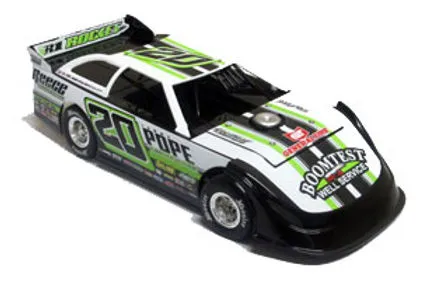
Diecast shows and events are excellent opportunities for collectors to meet in person, view models, and participate in auctions and swap meets. These events offer a chance to see rare and unique models. They also provide a great way to network with other collectors and learn more about the hobby. These events often feature vendors selling models, accessories, and related items. Attending diecast shows and events is a rewarding experience for collectors of all levels, providing access to the world of collecting and connecting with fellow enthusiasts. Such gatherings add to the fun and excitement of collecting.
In conclusion, American diecast companies have left an indelible mark on the world of collectibles, with their fascinating history, detailed manufacturing processes, and thriving collecting communities. The top 7 facts presented here offer just a glimpse into the rich tapestry of this beloved hobby. Whether you’re a seasoned collector or a newcomer, exploring the world of American diecast companies promises endless enjoyment and discovery. Embrace the passion, celebrate the craftsmanship, and join the community. Happy collecting!
